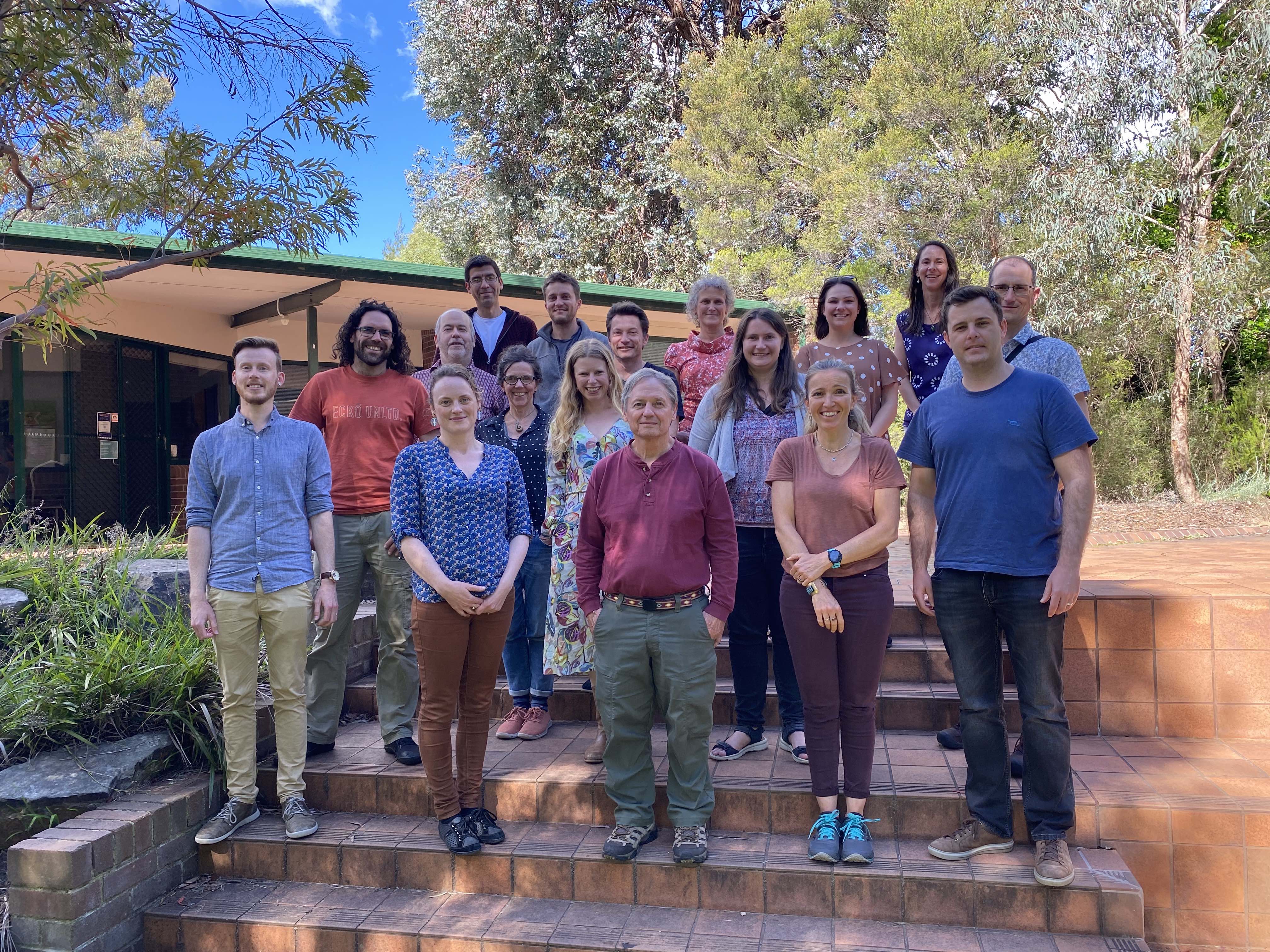Predicting the impacts of increasingly frequent extreme heat events on Australian plants

In November last year, the CBA Thermal Vulnerability Synthesis Group met at the Australian National Botanic Gardens (ANBG), bringing together international and local experts in plant and animal thermal vulnerability.
These collaborations led members of this group to develop a successful ARC Discovery grant "What determines plant sensitivity to heat?: Individual to lifetime impacts". This newly funded project aims to advance fundamental understanding of how thermal tolerance varies across species and over the plant life cycle and how it scales demographically to lifetime vulnerability.
The ANBG's collection of thousands of seeds and living plants will be used to study how extreme heat affects plants as they grow from seed to seedling to adulthood. The research will assess the sensitivity of these different stages to extreme heat and develop models to assess how Australian plant species will respond to a warmer, more variable climate.
This work will help natural resource managers to predict which species will be most sensitive to extreme heat events and where in Australia those impacts will occur. This will lead to informed policies and management plans to aid conservation of threatened species and will help Australia reach its biodiversity conservation targets. Effectively managing Australian plants under increasingly warm and variable weather conditions will have broad environmental and economic benefits. It will improve capacity to retain biodiversity and maintain health of our natural systems.
It is hoped that findings from this project will assist Australian natural resource managers and policymakers to plan and manage native plant species in a time of rapid environmental change.
